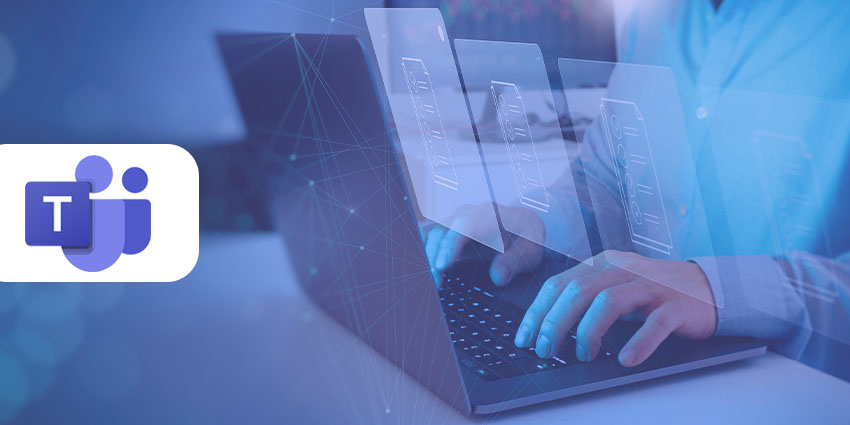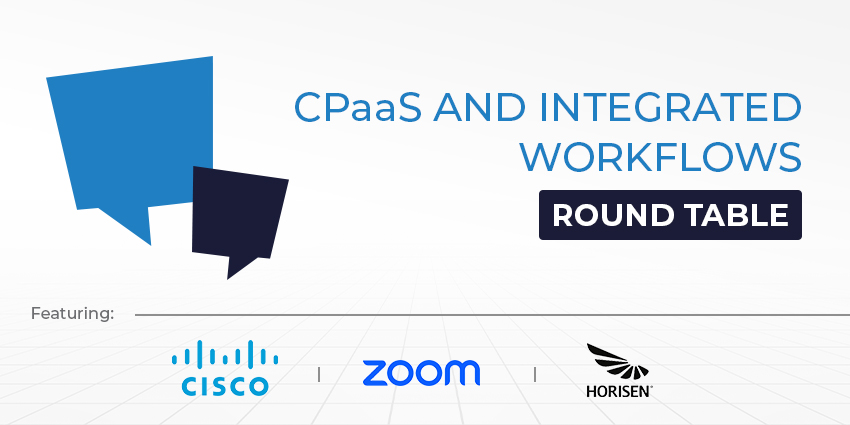Widely regarded as the most popular way to leverage business voice in Microsoft Teams, Direct Routing has taken the world by storm. Essentially, Direct Routing is Microsoft’s “Bring Your Own Carrier” service, allowing them to bring their own PSTN carrier into Teams.
With Direct Routing, you purchase a third-party Session Border Controller (SBC) and connect the SBC to Microsoft’s Phone System. Direct routing ensures you can use virtually any carrier to leverage voice in Teams, which means you’re not limited by the feature or geographic restrictions of Microsoft’s calling plans.
As of 2020, around 70% of all organisations said they were planning on using direct routing to unlock Microsoft Teams’ UCaaS capabilities. But what are the requirements for accessing direct routing within Microsoft Teams?
Licensing for Direct Routing: Your Options
Users of Direct Routing in Microsoft Teams need access to the Microsoft Phone System, Microsoft Teams, and Microsoft Audio Conferencing. There are a few ways to ensure you have all the licenses you need for your ecosystem.
The first option is to buy a Microsoft 365 Business license and add the phone system functionality and Microsoft Teams audio conferencing separately. If you choose this option, you can buy any of the Microsoft Business plans, which include access to Microsoft Teams, including:
- Business Basic: $6 per month/user with access to all premium web and mobile versions of Excel, PowerPoint, Word, and around-the-clock support, a 99.9% uptime guarantee, video calling, meetings, and chat.
- Business Standard: $12.50 per month/user with all the features of Business Basic plus webinar access, Microsoft Access and Publisher, and desktop versions of the Microsoft productivity apps.
- Business Premium: $22 per month/user with all the Standard plus advanced threat protection and mobile/PC device management features. There’s also a built-in calendar and email functionality.
On top of your Microsoft 365 plan, you’ll also need access to:
- Audio Conferencing: One of the add-ons for Microsoft Teams. Audio conferencing allows you to use a phone to dial into a Teams meeting. The exact price for audio conferencing depends on factors like your region, but prices start at $4 per month per user.
- Teams Phone Standard: The Teams Phone standard add-on offers access to the Teams Phone System, the hosted telephone service which gives you PBX access. You’ll need to contact Microsoft or your direct routing provider for Teams Phone Standard access pricing.
If you want to avoid buying Phone System and Audio Conferencing access separately, you can buy an E5/A5/G5 plan. These premium plans come with a Phone System and Audio Conferencing already included, along with premium access and compliance controls. The enterprise packages are a little more expensive, starting at $57 per month per user, with an annual commitment.
Depending on your needs, you may be able to contact Microsoft Teams to build a custom plan for your Microsoft Teams direct routing connectivity.
What Else do You Need for Microsoft Teams Direct Routing?
Depending on your requirements, there are also various other add-on costs and licenses you may need to think about. For instance, you can leverage Microsoft Teams Meeting Room licensing alongside your direct routing licensing if you’re building meeting rooms for your hybrid teams.
It’s also worth looking into Communication Credits if you’re going to be accessing toll-free numbers with your direct routing providers. Communication credits are a pool of monthly minutes you can leverage for auto attendants, call queues, and audio conferencing. Your direct routing provider might offer communication credits as part of your package.
Outside of your licensing, you’ll also need the following infrastructure for direct routing:
- Session Border Controllers: You’ll need a supported SBC provided by one of the certified companies working with Microsoft Teams. This provides your connection to the Microsoft Phone System for PBX control.
- Telephony trunks: Your direct routing provider should be able to provision one or more telephony trunks connected to your SBCs, where you’ll be able to access third-party entities.
- User register: You’ll need to have a user homed in Microsoft 365. This means if your company has an on-premises environment with hybrid connectivity to Microsoft 365, you won’t be able to enable voice for Teams users homed on-premises.
- Domains: Direct routing companies need to have one or more domains added to their Microsoft 365 organisation. You can’t simply use the default domain.
- Public IP address: You’ll need a public IP address to connect to your SBC.
- FQDN: A Fully Qualified Domain Name is necessary for your SBC.
You may also need to consider your connection points for direct routing, a public trusted certificate for your SBC, and a public DNS entry for your session border controller.
Setting Up Microsoft Teams Direct Routing
Implementing a direct routing connection to Microsoft Teams so you can access the power of business voice in your Teams environment can seem complex. There are various different infrastructure requirements, as well as licensing considerations to think about.
Even once you’ve chosen your Microsoft 365 strategy and connected to the phone system, you’ll still need to discuss your options in-depth with your direct routing provider for configuring things like location-based routing and standard call routing.
The best way to make sure you get a good experience with direct routing for Microsoft Teams is to take your time to assess your options for the best routing provider. The right vendor should be able to simplify your transition into Microsoft Teams UCaaS, and even provide advice on the kind of licensing requirements you need to be aware of.
Alternatively, you could always consider taking a simpler, managed-service approach to bringing your own carrier into Teams by Switching to Operator Connect.







